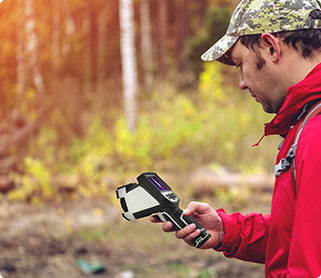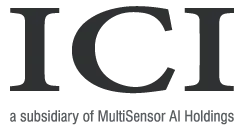Industries Served - Thermal camera uses for all industries.
Infrared technology to make your life easier.
We provide superior thermal imaging cameras tailored to your specific needs. Whether you need to temperature screen everyone walking into your building, inspect homes for real estate sales, or detect invisible gas leaks, there’s a thermal infrared solution for you.
What is a Thermal Camera Used for?
Thermal cameras are versatile tech tools that boost safety and efficiency. They are helping industry professionals across industries work smarter. Below are the benefits of thermal imaging found in various industries.
Building Science
Thermal images give you physical evidence when something is amiss in your home or commercial building, such as leaks or hot spots. Prevent costly repairs utilizing thermal imaging for roof, HVAC, or insulation inspection and moisture detection.
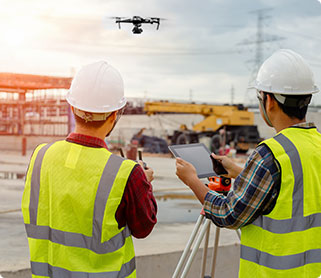
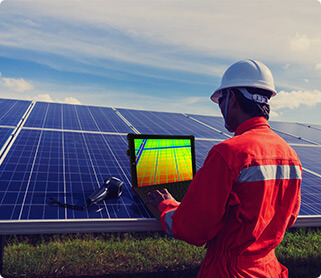
Energy
Infrared technology in the energy industry helps professionals see invisible energy and gas. With numerous applications, thermal cameras help operational efficiency and prevent future damage.
Industrial
Our thermal imagers are useful to monitor any mechanical and electrical equipment. This includes pressure vessels, weld monitoring, glassware manufacturing, plastic injector molding, and more. Accurately track process temperatures with infrared cameras.
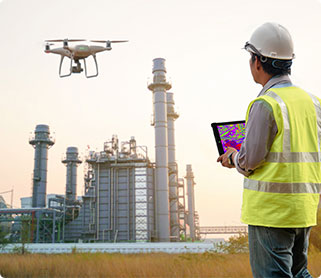
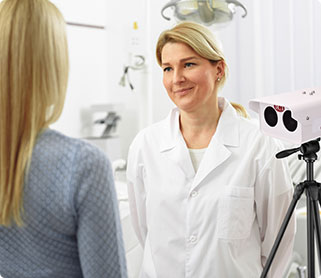
Medical
Thermal imaging cameras are instruments capable of creating an infrared image of the human body. Our line of thermal cameras and software can detect elevated skin temperatures brought on by various external causes. Utilize thermal cameras in a wide variety of areas within medical practices.
Research & Development
Thermal imaging cameras give researchers and developers the ability to study characteristics that are imperative to creating new products. Spotting abnormality in different thermal factors help increase accuracy and efficiency amongst researchers.

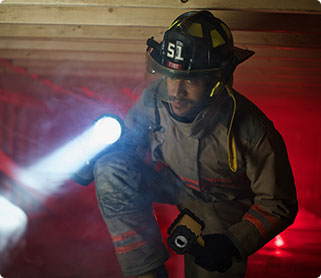
Search & Rescue
Infrared thermal cameras are essential in search and rescue for quick informed decisions. Assess hazardous situations from a safe distance, before entering. This technology gives you the ability to track movement on your property during all hours of the day and night.
Wildlife
The ability to “see” in the dark is the most beneficial aspect of infrared thermal cameras for hunters and animal conservationists alike. Whether scouting for wild game or evaluating the populace of game in your fields, the possibilities of thermal cameras in wildlife are vast.
